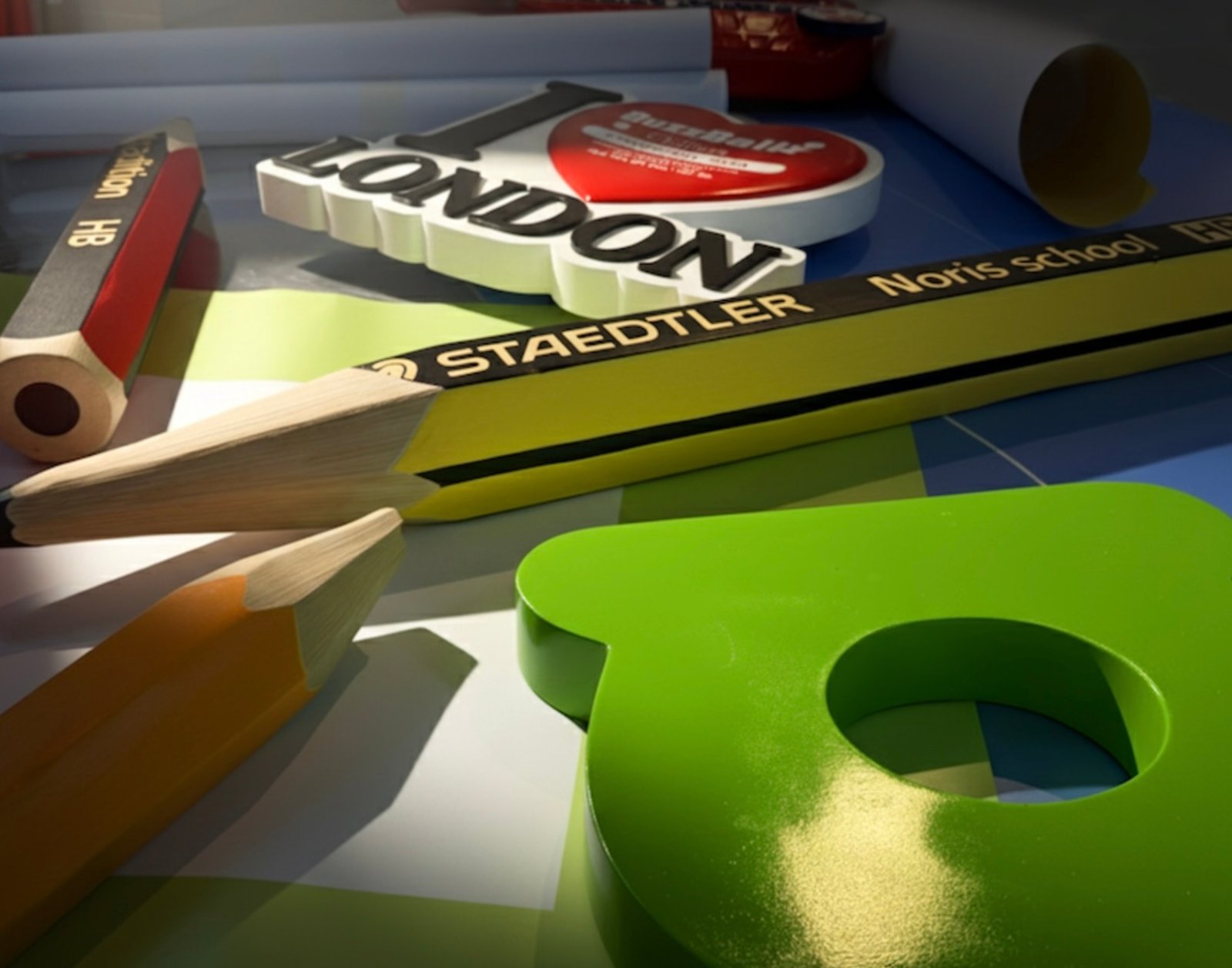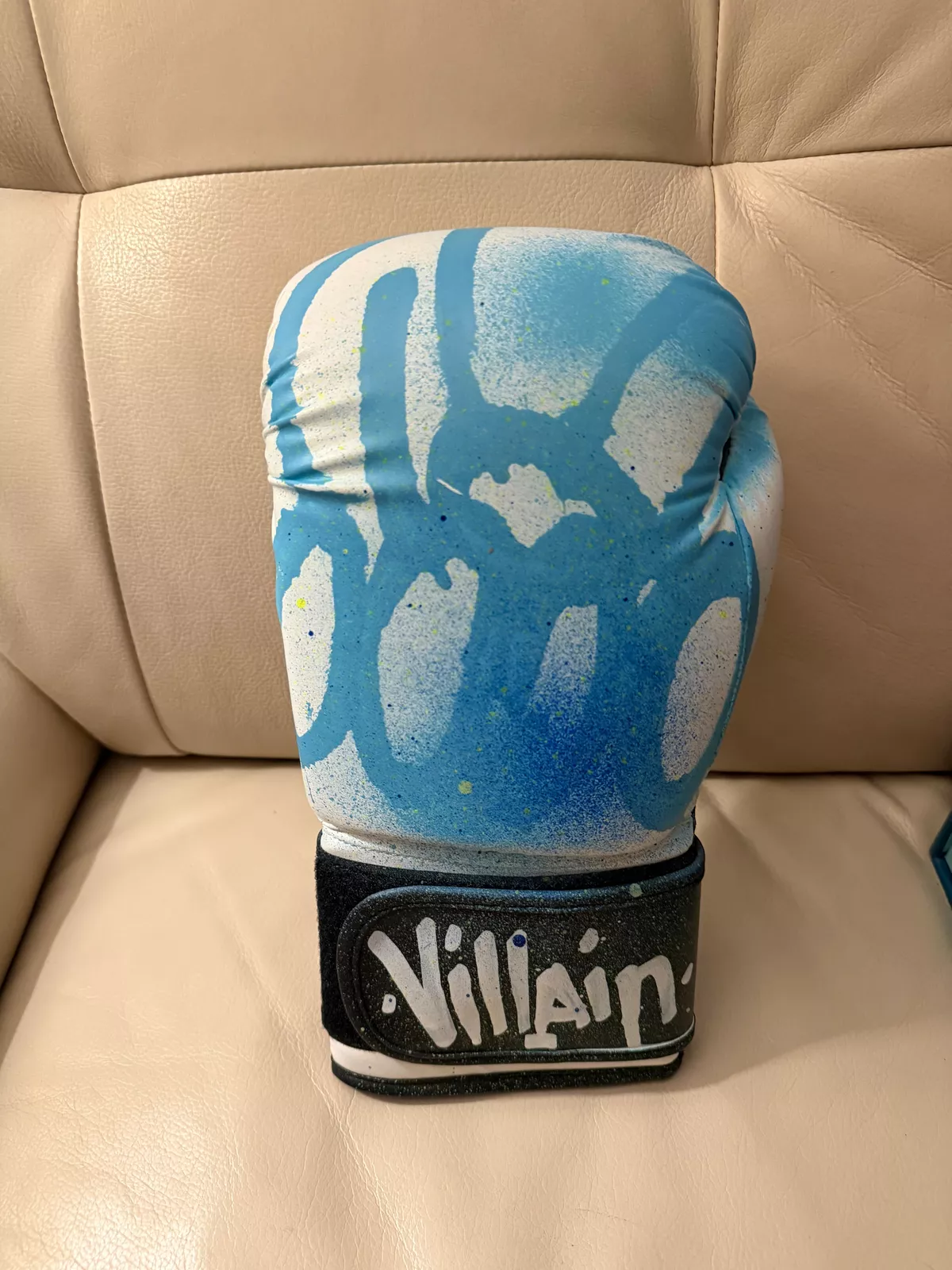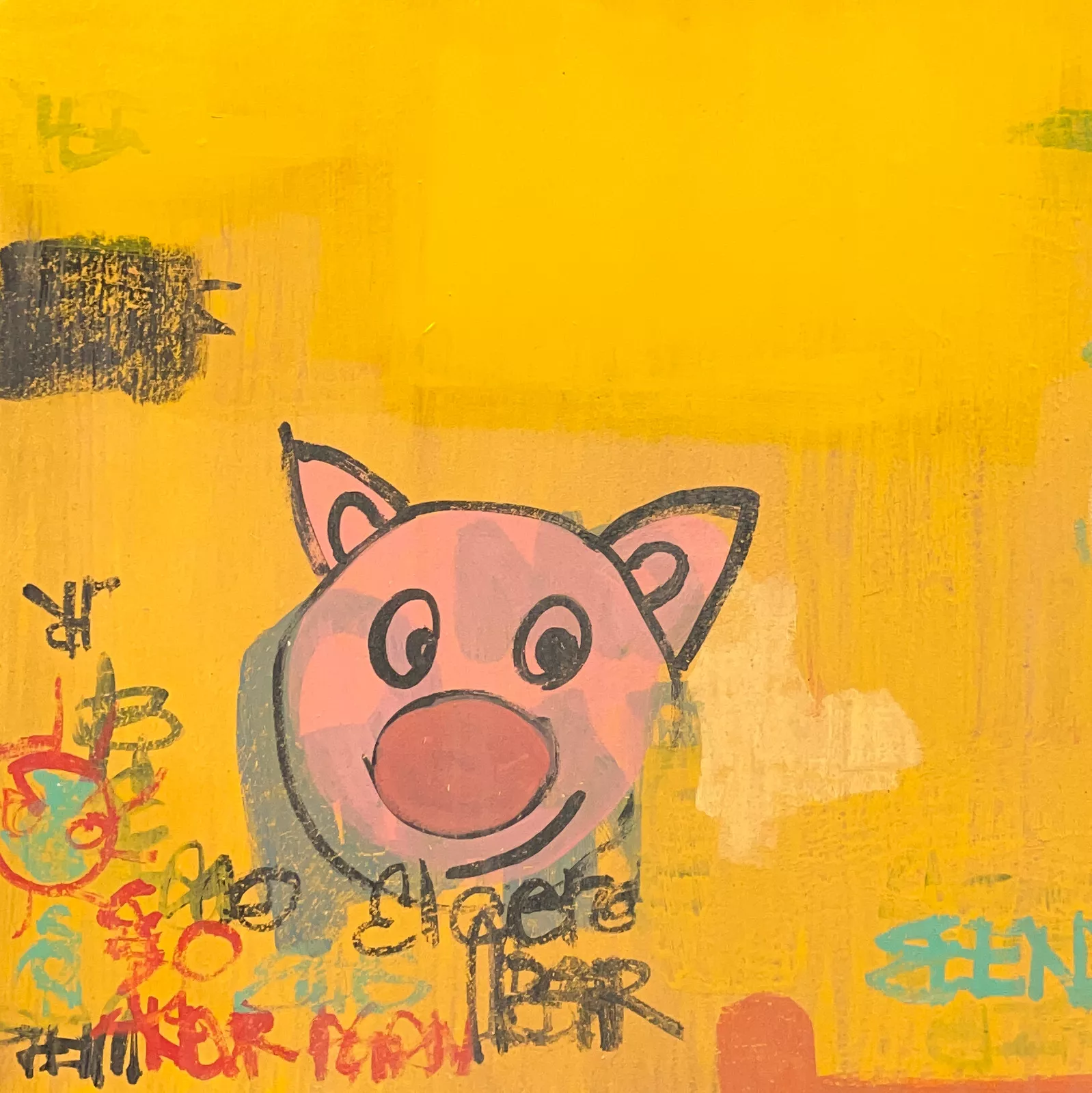Matt Gondek’s Bart Simpson Sketch (2021) captures the rebellious spirit of its iconic subject through the lens of Gondek’s signature pop art style. Known for his “deconstructive pop” approach, Gondek reimagines beloved cartoon characters, often fragmenting or explosively distorting their familiar forms. With his sharp lines, dynamic energy, and subversive creativity, Gondek has carved a unique niche within contemporary art. His reinterpretation of Bart Simpson—a character synonymous with defiance—represents a significant addition to his body of work, embodying his ongoing exploration of chaos, nostalgia, and cultural critique.
The Artist Behind the Sketch
Matt Gondek, an American pop artist, has made a name for himself by transforming cultural icons into fragmented, sometimes unsettling forms. Born in Pittsburgh and now based in Los Angeles, Gondek began his artistic journey as a graphic designer before transitioning into fine art. His background in design is evident in his precise line work and bold color choices, both of which feature prominently in his art.
Gondek’s artistic philosophy revolves around deconstruction—literally and figuratively. His work often depicts characters from cartoons, comics, and video games, exploding or melting in vibrant, surrealistic displays. By breaking down these familiar figures, Gondek challenges the viewer’s relationship with nostalgia and consumer culture. His pieces juxtapose childhood innocence with the chaotic energy of adulthood, creating a dialogue that resonates with audiences worldwide.
The Bart Simpson Sketch (2021)
In his 2021 Bart Simpson Sketch, Gondek strips away the polished veneer of animation to reveal the raw, hand-drawn essence of the character. The sketch, created with Sharpie marker on lined paper, measures 8.5 x 11 inches and is signed and dated by the artist. Though simpler in execution compared to his large-scale canvases or sculptures, this piece retains Gondek’s distinctive touch: a deconstructed, slightly unhinged take on Bart Simpson.
Unlike the polished look of traditional animation, Gondek’s sketch emphasizes immediacy and imperfection. Bart appears fragmented and distorted, his face partially exploded, with jagged lines and asymmetrical features. This chaotic portrayal aligns with Bart’s character—mischievous, rebellious, and constantly pushing boundaries. By deconstructing Bart, Gondek underscores the anarchic energy that has defined the character since The Simpsons debuted in 1989.
Deconstruction as a Reflection of Chaos
Gondek’s deconstructive style is central to his artistic identity, and the Bart Simpson Sketch is no exception. Deconstruction in this context is not merely a visual technique—it’s a metaphor for the fragmentation of culture and identity in the modern era. Bart, as a cultural icon, represents a specific brand of rebellion and counterculture. By dismantling Bart’s familiar features, Gondek amplifies the chaotic energy inherent in the character while also critiquing the commercialization of rebellion.
Nostalgia Meets Subversion
Bart Simpson is an emblem of ‘90s pop culture, and his image evokes nostalgia for millions. Gondek taps into this sentiment while simultaneously challenging it. The distorted, almost grotesque depiction of Bart forces viewers to confront the tension between their idealized memories of the character and the reality of his anti-establishment nature. In doing so, Gondek reclaims Bart’s original ethos as a subversive figure, reminding us that nostalgia often sanitizes and commodifies cultural icons.
Art as Commentary on Consumer Culture
As with much of Gondek’s work, the Bart Simpson Sketch serves as a critique of consumer culture. Characters like Bart have become global commodities, their rebelliousness diluted by decades of merchandising and corporate branding. Gondek’s raw, fragmented portrayal of Bart can be interpreted as a rejection of this commodification—a way of returning the character to his anarchic roots.
Materials and Presentation
The sketch’s simplicity—a Sharpie drawing on lined paper—belies its depth and significance. The choice of materials reinforces the piece’s raw and unpolished nature, emphasizing its spontaneity and authenticity. This approach aligns with Gondek’s broader ethos, which often involves embracing imperfection and chaos as essential elements of creativity.
No comments yet.








